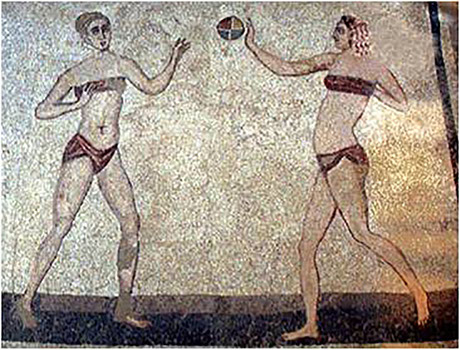Bathing Through Time: The Roman Period

Caldarium from the public Forum baths in Pompeii
(Image from Andrew Fuller, www.drew-fuller.com, 2009).
The Late Roman Period
A gradual decline of private patronage of baths took place from the 3rd century onwards across the Empire and as a result the role of the public administration in the financing of baths increased.
This process intensified during the Late Antique period, as is attested to by written sources: a decree was set up by Honorios and Arkadios in 395 A.D., stating that a third of the profits of State properties should be invested in the repair of city walls and the heating of public baths.

This model reconstructs Rome during the reign of Constantine (306-337). The Baths of Trajan (Thermae Traiani) were constructed during the early 2nd century AD and inspired many later baths, including the baths of Diocletian that would grow out to be the largest baths of Imperial Rome. Trajan’s baths are indicated in red on the map above: note the size of the complex compared to that of the Colosseum (After an original image by A. Jennings (2005) of a 1:250 scale model by I. Gismondi, now at the ‘Museo della Civiltà Romana’, Rome).
